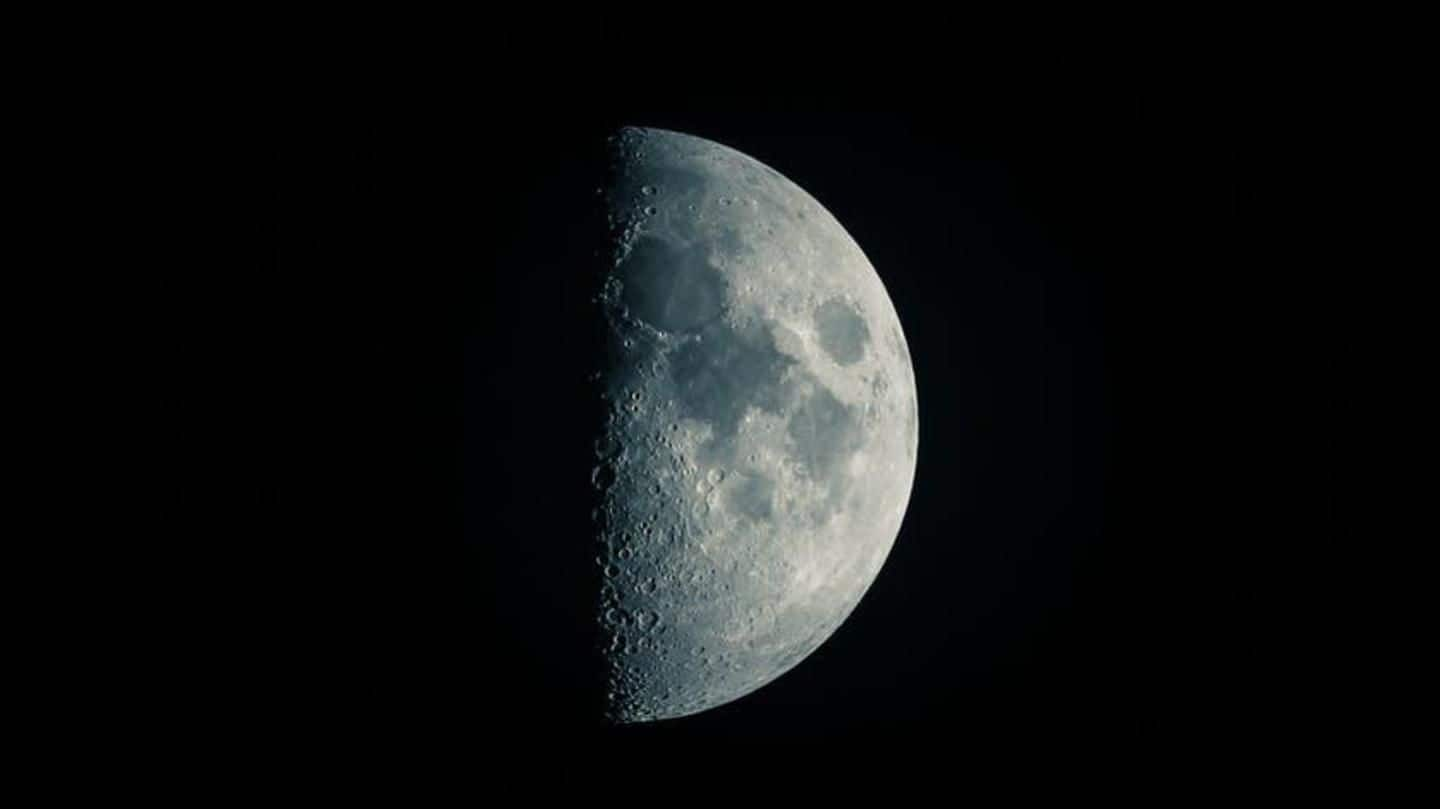
Chandrayaan-1 data shows first definitive evidence of water on moon
What's the story
On Tuesday, NASA said that scientists had found patches of frozen water deposits in the coldest and darkest parts of the Moon's polar regions, courtesy India's Chandrayaan-1 probe that was launched a decade ago.
The findings mark the first definitive evidence of iced water on the moon, and could be crucial for future expeditions to the satellite.
Here are the details.
Details
NASA's M3 instrument aboard the Chandrayaan-1 collected the data
Chandrayaan-1, launched in 2008, was specifically equipped with NASA's Moon Mineralogy Miner (M3) instrument to detect the presence of solid ice on the moon.
Data collected by the spacecraft showed definitive evidence of tiny patches of water ice at the bottom of a small number of craters on the moon's north and south poles.
However, the findings indicate a peculiarity.
Peculiarity
The moon, unlike Mercury and Ceres, has patchy ice cover
The ice cover found on the moon's dark side was found to be patchy, unlike ice covers in the polar regions of Mercury and Ceres, both of which also face freezing polar temperatures.
Scientists believe that the patchiness of the moon's ice cover indicate that water wasn't present when the moon formed 4.5 billion years ago, but was delivered by cometary impacts.
Do you know?
How did the ice survive for so long?
Scientists believe water left over from cometary impacts froze and survived as ice on the dark side of the moon, which receives no sunlight whatsoever. Polar temperatures on the dark side can touch minus 238 degrees Celsius - the coldest in the solar system.
Space exploration
The findings' implications for space explorations
Notably, the findings have large implications for space exploration.
The presence of ice on the moon, which was previously considered a dry, hostile place, could make it a much more favorable proposition in terms of space exploration.
Additionally, water ice near or on the surface, could be exploited to support expeditions, and maybe even colonies some day.
Yet, there's a long way to go.